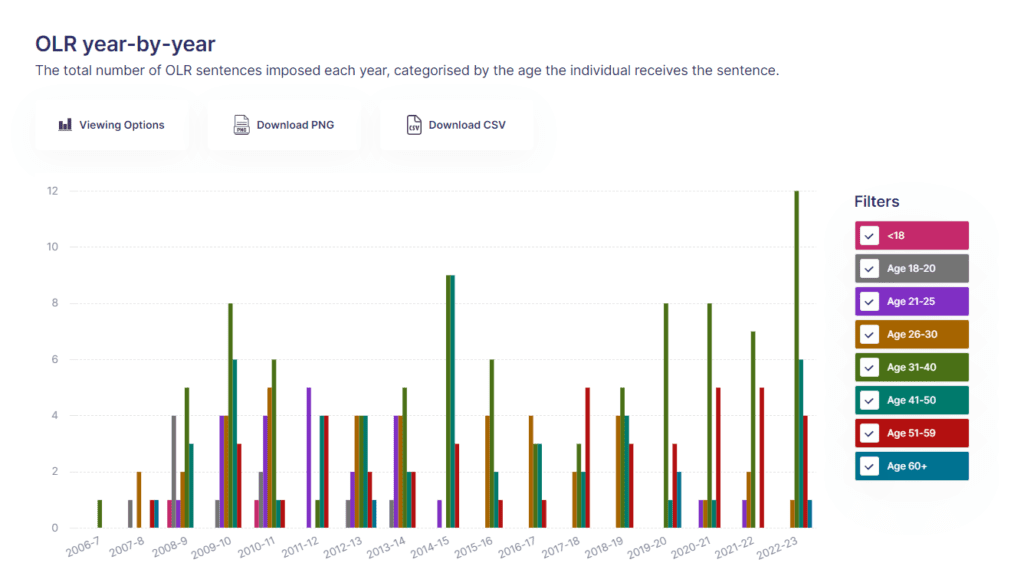Protecting the Public: Scotland’s Risk Assessment Order
Scotland’s Risk Assessment Order is one of the most important parts of the justice system for public protection. It’s the first step when a Judge is considering imposing an Order for Lifelong Restriction (OLR). The OLR is an indeterminate sentence and in this article, we explore why a Judge might make a Risk Assessment Order.
A Risk Assessment Order (RAO) can only be made by the High Court, either by Judge or on the motion of the prosecutor, and only after the person has been convicted. The person might have been convicted of one offence or several – but unlike any other sentence, the OLR is imposed in relation to an individual’s risk, and not a single offence committed. There’s a range of circumstances that might cause a Judge to instruct an RAO. Typically, we see an RAO instructed where there’s been a sexual or violent offence, but an OLR could be considered for any circumstance except murder, which carries a mandatory life sentence in Scotland. To determine whether to make an RAO, the Judge will consider if the person convicted may meet the risk criteria, which is defined in legislation as:
“…there is a likelihood that he, if at liberty, will seriously endanger the lives, or physical or psychological well-being, of members of the public at large.”
Criminal Procedure (Scotland) Act 1995 as amended by the Criminal Justice (Scotland) Act 2003
If the Judge considers the individual may meet the criteria, they’ll instruct a RAO. The court will then appoint a Risk Assessor to complete a Risk Assessment Report (RAR). Only Assessors who’ve been accredited by us can complete these specialised assessments. Since the OLR was introduced in December 2006 to March 2023, there’s been over 350 RAOs made by the high court. You can explore the number of RAO and number of OLR imposed in our data visualisations, here.
Risk assessment is a complex and thorough process that takes time. Assessors must complete their report in line with our Standards and Guidelines for Risk Assessment. The standards outline how information is gathered, reviewed and analysed in depth to provide the court with an evaluation of the risk. This includes information personal history, offending history and health information. The RAR provides the court with a professional, evidence-based opinion on the level of risk the individual poses to the public – ‘high’, ‘medium’, or ‘low’. There is very detailed information in our Standards and Guidelines about what these labels mean, so that risk is communicated in a way that will be understood. The Judge will consider the outcome of the RAR, but this outcome alone doesn’t determine if the individual will receive an OLR – only when the court considers the individual meets the risk criteria will an OLR be imposed.
The OLR is an exceptional sentence, designed to be used where no other sentence would be enough to protect the public. Since its introduction in December 2006 to March 2023, over 260 individuals have been sentenced to an OLR. In 2022, we published research that showed that most people who received the sentence had been assessed to present a ‘high’ risk of serious harm. Our analysis found that nearly nine out of ten have violent offending within their offending history, and most had previous convictions. Read our in-depth analysis of the offending behaviour of those sentenced to the OLR here.

